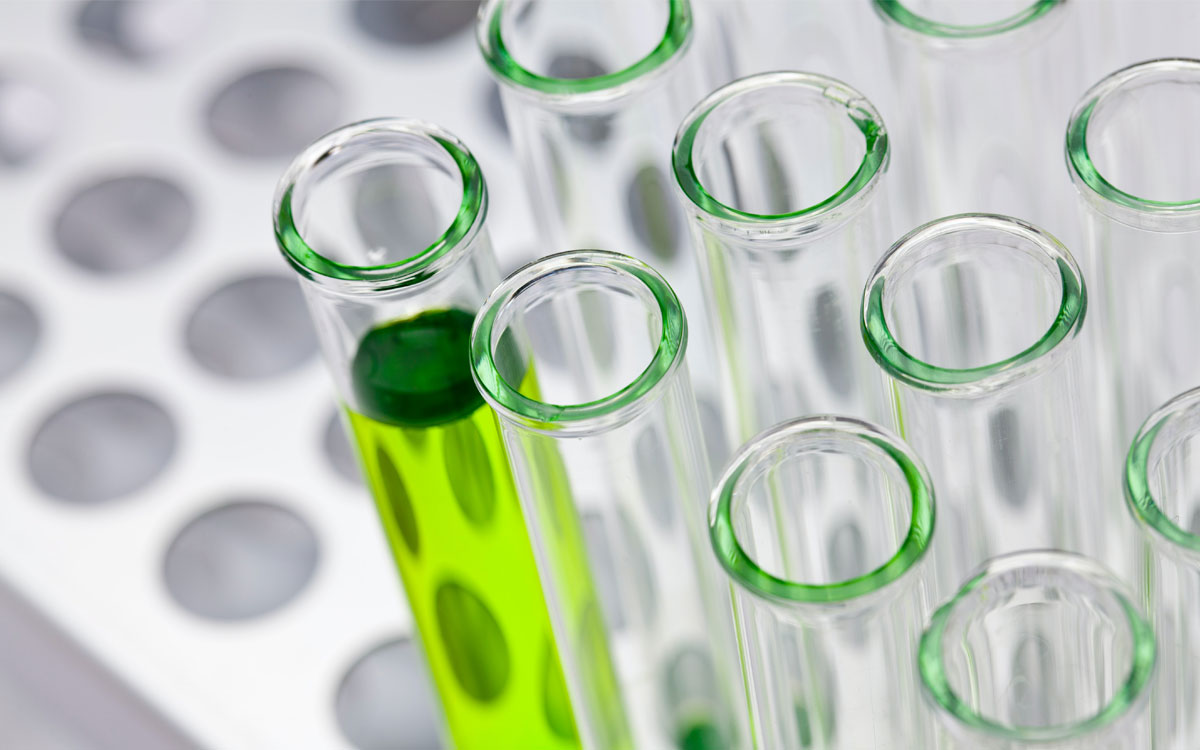
Green chemistry: 12 basic principles of sustainable chemistry
Rasa Vaišknait, Vice Dean of the Faculty of Environmental Engineering of the Technical University of Vilnius, gave a lecture on green chemistry at the Higher Technical School. In it, she reviewed the 12 principles of sustainable chemistry, also known as green chemistry, established by Paul Anastas and John Warner in the 1990s.
These “12 principles” set the guidelines for designing and developing more sustainable chemical processes and products. They aim to reduce the generation of hazardous products, and even use this science in the fight against pollution.
1. Prevention
It is better to avoid the formation of waste than to treat or clean it after it has formed.
2. Economy of atoms
Synthesis methods should be designed to maximize the incorporation of all materials used in the final product.
3. Less toxic chemical intermediates
Wherever possible, synthetic methodologies should be designed to use and generate substances with little or no toxicity to human health and the environment.
4. Safer end products
Chemicals should be designed to maintain the effectiveness of their function while reducing their toxicity.
5. Reducing the use of auxiliary substances
The use of auxiliary substances (such as solvents, separating agents, etc.) should be avoided as far as possible, and be harmless when used.
6. Reduction of energy consumption
The environmental and economic impact of energy requirements must be recognised and minimised. Synthetic methods should be applied at pressure and ambient temperature.
7. Use of renewable raw materials
Renewable raw materials should be used wherever technically and economically feasible.
8. Reduction of unnecessary drift
Unnecessary derivatisation (blocking groups, protection/unprotection stages, temporary modifications) should be avoided as far as possible.
9. Use of catalysts
Catalytic reagents (as selective as possible) are superior to stoichiometric reagents.
10. Design for degradation
Chemicals must be designed so that at the end of their function they do not persist in the environment and degrade into harmless products.
11. Development of analytical technologies for real-time monitoring
Analytical methodologies must be developed to enable real-time monitoring and control of processes before hazardous substances are formed.
12. Minimising the risk of chemical accidents
Chemicals and the ways in which they are used in a chemical process should be chosen to minimize the potential for chemical accidents, including spills, explosions and fires.
Information extracted from: campushuesca.unizar.es

